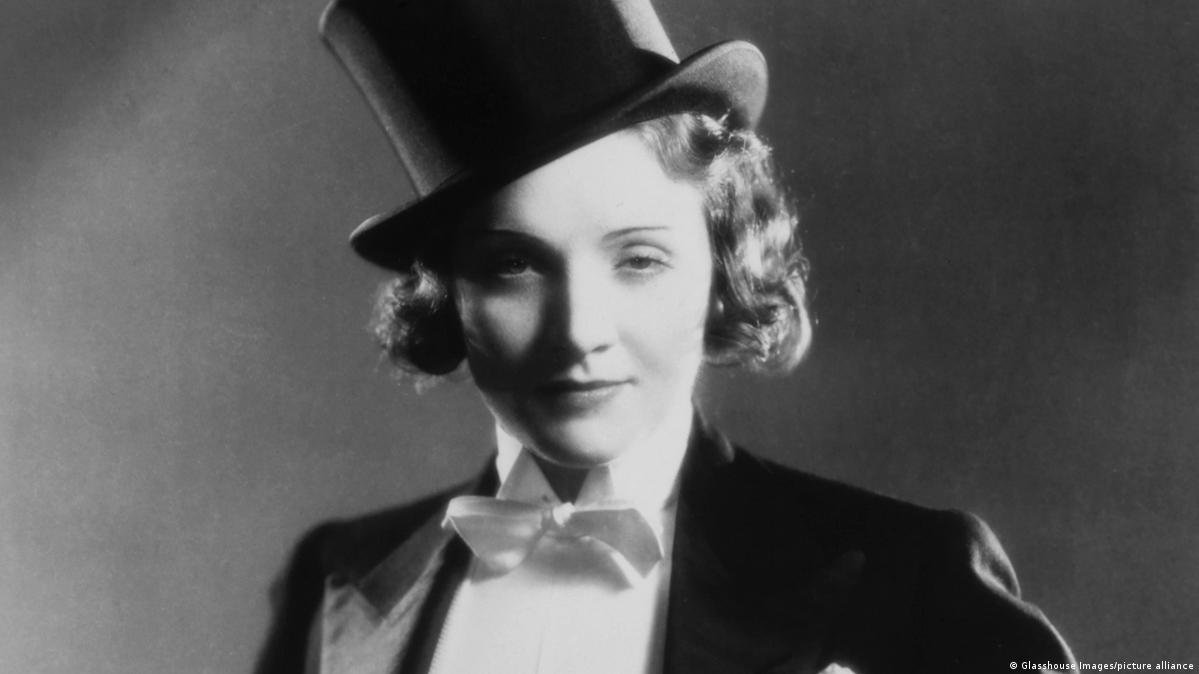
The Anatomy of Patriotism:
The Commodification of American Gender Roles and the Female Body in World War II Print Media
Cosmetic Courage: Lipstick Advertisements and the Servicewoman
Lips were a central part of the persona of one of the era's most controversial—and patriotic—figures, who epitomized the lipsticked woman in uniform. Seen in an array of men’s clothes—from top hat and tuxedo to captain’s hat and shoulder boards to, later, garrison cap and Army uniform—Marlene Dietrich was no stranger to the masculine closet. Established as a film star in the 1930s, she was notorious for her gender-bending dress and sexual nonconformance; yet controversy subsided as she became the poster child of celebrity patriotism. Cheekily dubbed “the patron saint of cheesecake” by the Los Angeles Times in 1943, she “wowed the soldiers on the western front by wearing opaque winter woollies” as she entertained them overseas with the USO. The actress quickly became the celebrity emblem of patriotism, using her entertaining skills for the benefit of the troops.
Beyond her wardrobe, Dietrich’s history was littered with rebellion; she was a cabaret performer, appeared in sexually-charged film roles, was openly ambiguous about her sexual orientation, and renounced her German citizenship in favor of American in 1939. This last act, of course, made her immensely popular in the States, and a prime tool for propaganda; even a beloved German celebrity—a child of the Fatherland and one of its cultural icons—turned on the Third Reich, proving the integrity of the Allied cause. Her evolution from a controversial icon of gender subversion to the embodiment of wartime patriotism is ironic, especially as the act was particularly contentious during the war. This controversy—wearing men's clothes—was still divisive, but now it was also useful; though their beauty routines stressed femininity, working women were starting to wear more masculine fashions for the sake of fabric rationing. Dietrich’s flexibility made it easy for her to adapt to life in a theatre of battle. Her nonconformance could be overlooked because it fit with a temporary, serviceable trend. What once was taboo now fit into the social landscape; her deviation was not as out of place and could be shifted to conform to wartime needs. The controversy was now acceptable as it served the cause, echoing the theme of the forbidden made acceptable in the name of the war effort.
One spectacular photograph shows Marlene Dietrich changing from her Army clothes into a performance costume. Taken in approximately 1942, Dietrich sat on the edge of a bunk bed, still in a military sweater and cap, to remove her GI boots. The material juxtaposition of martial and ornamental is astounding: inches from the scuffed toe of her boot sits a satin, high-heeled pump, and a sequined gown rests behind her on the dilapidated bunk. Dietrich is physically shifting spheres; she moved from practical masculinity to glamorous femininity. Most interestingly, both of these benefitted the war effort: the glitz of her USO act was not frivolous, but rather a morale booster and reminder of the comforts of home. Her gender subversion and patriotism—the things that respectively damned and redeemed her—enabled her to be a link between worlds, and to move between the two easily. She was a star eager to dirty her hands and an overseas volunteer who oozed glamour. Dietrich’s face could be on both sides of the coin.
This adaptability was born from years of practice, as Dietrich had been wearing men’s clothes, on-screen and off, long before they were part of women’s wartime fashions. A photograph from the early 1930s epitomizes her synthesis of gender expectations. The star’s face is a Hollywood picture of celluloid glory, a dramatic chiaroscuro of luminous smooth skin and cavernous bone structure. Her eyes are clear and bright, gazing moodily out of the frame. Her made-up lips have a softly blurred quality to them; full and slightly shadowed, they add a sense of gentleness to the otherwise melodramatic image. The close-up cuts off just at her collarbone, leaving the top of a button-down collar and cravat visible. Accompanied by a tweed coat and vest, her femme fatale face is offset by a resolutely masculine ensemble.